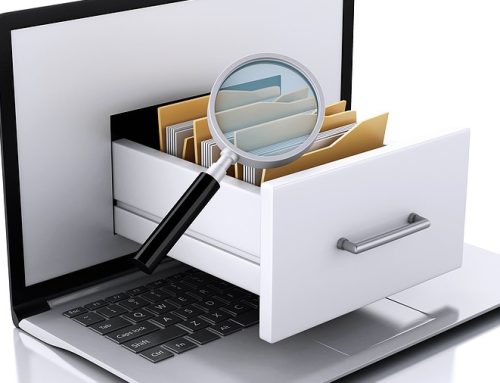Organizations depend on quality data to drive strategy and innovation. To unlock data quality, data users need a better understanding of that data. This includes knowing where it originated, how it has been used, and how it has transformed over time. Enter data lineage, a type of metadata that traces the journey of data through the organization.
Data lineage provides a visual map of data items from their origin through every access point. By helping users observe different touchpoints along the data journey, it enables data stewards to validate for accuracy and consistency. It also provides necessary context about historical processes, helping to trace errors back to the root cause.
For example, sales analysists conducting data analysis on sales data from multiple regions may notice inconsistent or inaccurate results. By tracing the data flow from raw data to the final report, they can review how the data was filtered, calculated, and summarized. They can also review the descriptions and sources of data elements to ensure alignment with business logic.
Unlock Data Benefits to Power Business Goals
In addition to resolving data errors and inconsistencies, data lineage delivers other valuable insights and benefits. For instance, it allows analysts to discover and reuse existing data assets such as reports or models. And by knowing the context and meaning of the data, they can leverage it for new opportunities.
Data lineage also improves data security and regulatory compliance by tracking data usage and access across the organization. This allows compliance officers to ensure that data is handled according to established policies. It also provides evidence of data provenance and validity for external authorities.

Additionally, data lineage assists with optimizing data processes and performance. Understanding the relationships among data and the impacts of data processes helps streamline and automate workflows such as data ingestion and analysis. It also provides the common understanding necessary to foster collaboration and sharing among data users.
Best Practices for Robust and Reliable Data Lineage
To capture these benefits, consider the following data lineage best practices:
- Automate where possible – Manual methods of managing metadata, including data lineage, frequently result in errors and inconsistencies. Moreover, they cannot keep up with the increasing volume and complexity of modern data environments.
- Choose the tools and methods best suited for organizational goals and environment – Look for tools that match the company’s requirements, budget, and resources. Consider the integration and compatibility with existing data sources and platforms.
- Identify key data sources – Know which sources, systems, platforms, and applications produce and consume data.
- Establish a common metadata model and vocabulary – The structure and terms used should align with business terms and definitions already familiar to the organization.
- Monitor and audit – Data lineage evolves as data sources and processes change over time. Regular audits of data lineage help ensure accuracy, completeness, and consistency. Implement feedback mechanisms and an issue resolution process to address any gaps in the data lineage documentation.
- Communicate and share data lineage – While data engineers and analysts depend on data lineage, it also serves key business purposes. Make data lineage documentation accessible and understandable to different audiences by using visualizations, dashboards, reports, or narratives.

Essential Component of Effective Information Governance
Information governance means knowing where data lives in the organization and who owns it. It includes categorizing and securing data, as well as managing the data lifecycle. It also involves the practice of defining and implementing the policies and responsibilities for managing data assets.
Data lineage plays a critical role in information governance by providing a detailed map of data sources and processes. It also delivers a complete audit trail of data activities from creation throughout the entire data lifecycle. And it provides a clear view of relationships and dependencies among data assets.
Contact the information governance experts at Messaging Architects to begin or refine your information governance and data lineage strategies.







